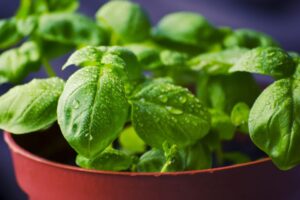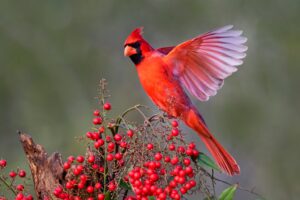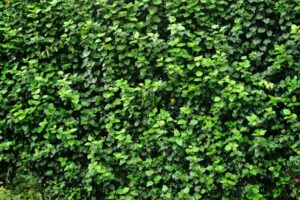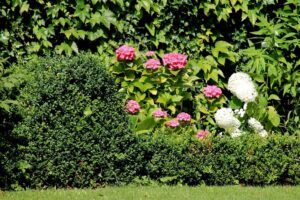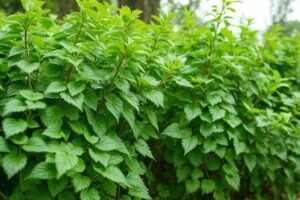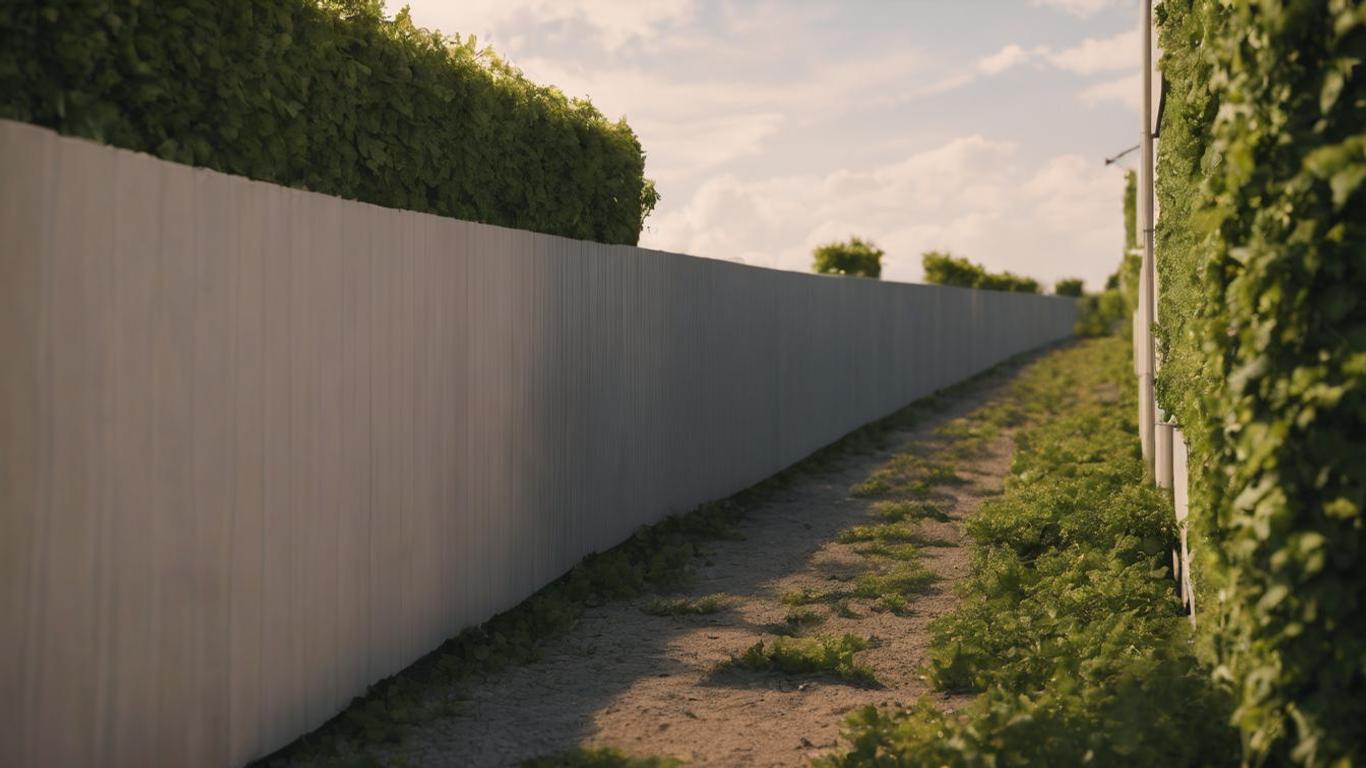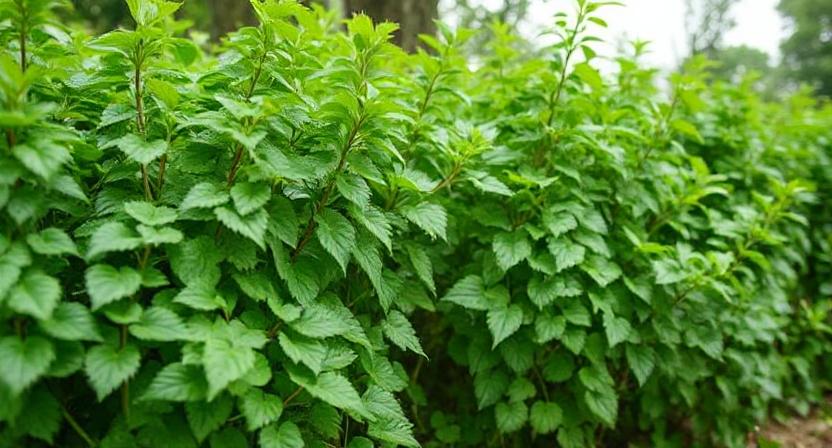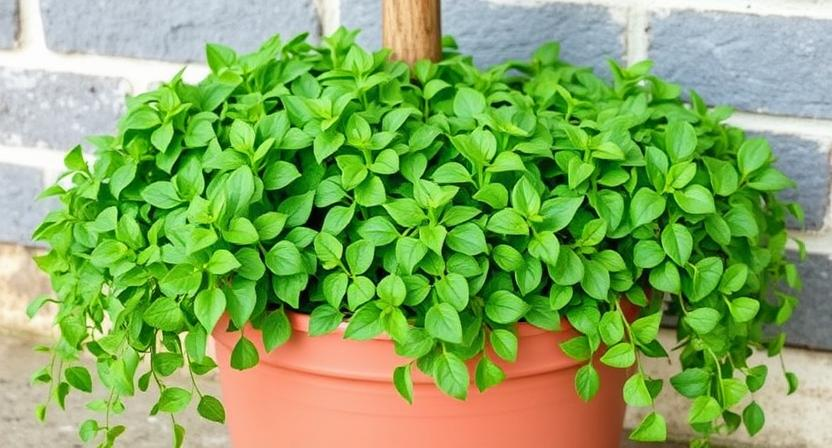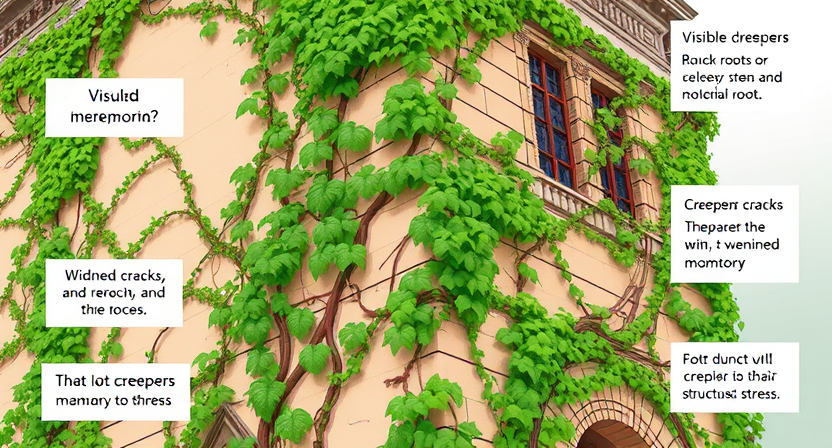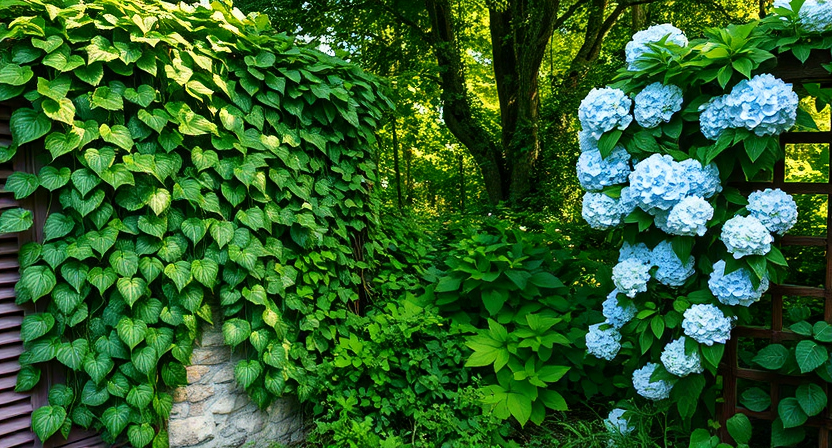Choosing the Right Creeper Varieties for Climbing
When it comes to choosing the right creeper varieties for climbing, there are several factors to consider. First and foremost, you need to evaluate the specific conditions of your wall or fence. Is it exposed to direct sunlight or shaded for most of the day? Is it a concrete surface or made of wood? These factors will help determine the type of creeper that will thrive in that particular environment. Additionally, you should also consider the climate and weather conditions in your area. Some creepers are better suited for cooler climates, while others can withstand intense heat and drought. By understanding these conditions, you can select the most suitable creeper varieties that will not only survive but also flourish in your chosen location.
Another crucial aspect to consider when choosing creeper varieties for climbing is the desired aesthetic appeal. Different creepers offer a wide range of foliage colors and patterns, flowering times, and growth habits. If you prefer a vibrant display of flowers, you may opt for varieties known for their blossoms. On the other hand, if you prefer lush green foliage throughout the year, there are creepers that maintain their greenery even during winter. By considering your personal preferences and the overall look you wish to achieve, you can select creeper varieties that will enhance the aesthetics of your wall or fence, creating a visually pleasing display.
• Evaluate the specific conditions of your wall or fence:
– Consider if it is exposed to direct sunlight or shaded for most of the day.
– Determine if it is a concrete surface or made of wood.
• Consider the climate and weather conditions in your area:
– Some creepers are better suited for cooler climates.
– Others can withstand intense heat and drought.
• Select creeper varieties that will thrive in your chosen location:
– Choose ones that will not only survive but also flourish in the environment.
• Take into account desired aesthetic appeal:
– Different creepers offer a wide range of foliage colors, patterns, flowering times, and growth habits.
• Opt for varieties known for their blossoms if you prefer a vibrant display of flowers.
• Choose creepers that maintain lush green foliage throughout the year if you prefer greenery even during winter months.
• By considering personal preferences and desired look, select creeper varieties that enhance the aesthetics of your wall or fence.
Understanding the Growth Habits of Creepers
Creepers are fascinating plants that have a unique way of growing. They are characterized by their ability to climb and spread horizontally, clinging onto walls, fences, or any other support structure that they come into contact with. Their growth habit is primarily determined by two factors: their type and the conditions in which they are grown.
Different varieties of creepers have different growth habits. Some creepers, such as the English Ivy and Virginia Creeper, have adhesive discs or aerial roots that allow them to attach themselves firmly to surfaces. These creepers can easily climb up walls or fences, creating a beautiful green cover. On the other hand, there are creepers like the Climbing Hydrangea and Wisteria that have twining or twining stems, which means they need a support structure to wrap around. Understanding the specific growth habit of the creeper you choose is crucial for ensuring its successful climb and effective use in your garden or landscape. The growth habit dictates how the creeper will attach itself and how it will spread, impacting the overall appearance and maintenance requirements.
• Creepers have the ability to climb and spread horizontally, attaching themselves to walls, fences, or support structures.
• The growth habit of creepers is determined by their type and the conditions in which they are grown.
• Different varieties of creepers have different growth habits.
– Some creepers like English Ivy and Virginia Creeper have adhesive discs or aerial roots for attachment.
– Other creepers like Climbing Hydrangea and Wisteria have twining stems that need a support structure to wrap around.
• Understanding the specific growth habit of your chosen creeper is important for its successful climb and effective use in your garden or landscape.
• The growth habit affects how the creeper attaches itself and spreads, influencing its overall appearance and maintenance requirements.
Preparing the Wall or Fence for Climbing Creepers
To successfully support the growth of climbing creepers, it is essential to properly prepare the wall or fence on which they will cling. Firstly, it is crucial to ensure that the surface is clean and free from any debris or peeling paint. Creepers need a solid base to attach themselves to, so it is advisable to repair any cracks or loose sections on the wall or fence before planting. Additionally, it is recommended to apply a layer of primer to create a smooth and durable surface for the creepers to climb upon.
Another important step in preparing the wall or fence is to provide a support structure, such as wire mesh or trellis, for the creepers to cling to. These structures should be securely attached to the wall or fence, ensuring they are strong enough to support the weight of the plants as they grow. The mesh or trellis should also be installed at a slight distance from the surface to allow air circulation, preventing moisture buildup that can lead to decay. By creating a sturdy support system, the climbing creepers will have a stable framework to grow and flourish, ultimately enhancing the overall aesthetic appeal of the wall or fence.
• Clean the surface of the wall or fence to remove any debris or peeling paint.
• Repair any cracks or loose sections on the wall or fence before planting.
• Apply a layer of primer to create a smooth and durable surface for creepers to cling to.
• Provide a support structure, such as wire mesh or trellis, for the creepers to cling to.
• Securely attach the support structure to the wall or fence, ensuring it can handle the weight of growing plants.
• Install the mesh or trellis at a slight distance from the surface for proper air circulation and moisture prevention.
• Create a sturdy support system that will provide stability for climbing creepers to grow and flourish.
Creating a Support Structure for Creepers to Climb
When it comes to creating a support structure for creepers to climb, there are several options to consider. The type of structure you choose will depend on the specific needs of the creepers and your personal preferences. One popular option is a trellis, which is a framework of interwoven or crossed wooden or metal strips. Trellises can be attached to walls or fences, providing a sturdy and visually appealing support for creepers to grow on. Another option is a wire mesh or netting, which can be attached directly to the wall or fence. This allows the creepers to weave and intertwine their stems and leaves through the gaps in the mesh, creating a lush and dense climbing effect. Whichever support structure you choose, be sure to consider the size and weight of the creepers, as well as the strength and durability of the structure itself.
In addition to choosing the right structure, it is also important to properly install and secure it. Make sure to anchor the support structure firmly to the ground or wall, using screws, nails, or brackets. This will prevent it from swaying or falling over, especially during strong winds or heavy rain. It is also a good idea to regularly inspect and maintain the support structure to ensure its stability and longevity. Over time, creepers can become quite heavy and put strain on the structure, so reinforcing it or replacing any damaged parts may be necessary. Taking the time to create a strong and secure support structure will ensure that your creepers have a stable and safe environment to grow and thrive.
• Trellises are a popular option for creating a support structure for creepers to climb
• Trellises can be attached to walls or fences, providing a sturdy and visually appealing support
• Wire mesh or netting is another option that allows creepers to weave through the gaps, creating a lush climbing effect
• Consider the size and weight of the creepers when choosing a support structure
• Anchor the support structure firmly using screws, nails, or brackets to prevent swaying or falling over
• Regularly inspect and maintain the support structure for stability and longevity
• Reinforce or replace any damaged parts as needed
Planting Creepers at the Base of the Wall or Fence
After preparing the wall or fence for climbing creepers, the next step is to plant the creepers at the base of the structure. This is a crucial step in establishing a strong foundation for the climbers. When selecting the creepers, it is important to choose varieties that are best suited for the specific growing conditions of the planting area. Consider factors such as sunlight exposure, soil type, and climate to ensure the success of your chosen creepers.
To plant the creepers, start by digging a hole that is slightly larger than the root ball of the plant. Gently remove the creeper from its container and place it in the hole, making sure that the top of the root ball is level with the surrounding soil. Backfill the hole with soil, firming it gently around the base of the plant to provide stability. Finally, water the newly planted creepers thoroughly to encourage root establishment. By properly planting the creepers at the base of the wall or fence, you are setting the stage for healthy growth and a visually appealing climbing display.
• Choose creepers that are best suited for the growing conditions of the planting area
• Consider factors such as sunlight exposure, soil type, and climate when selecting creepers
• Dig a hole slightly larger than the root ball of the plant
• Gently remove the creeper from its container and place it in the hole
• Ensure that the top of the root ball is level with the surrounding soil
• Backfill the hole with soil, firming it gently around the base of the plant for stability
• Water newly planted creepers thoroughly to encourage root establishment
Providing Adequate Water and Nutrients for Creepers
When it comes to providing adequate water and nutrients for creepers, there are a few key factors to consider. First and foremost, it’s important to understand that creepers have a high demand for water, especially during hot summer months. To keep them hydrated, make sure to water them regularly, ensuring that the soil is moist but not waterlogged. You can use a drip irrigation system or a hose with a gentle spray to deliver water directly to the roots.
In addition to water, creepers also require a well-balanced diet of nutrients to thrive. Fertilizing them with a slow-release or organic fertilizer can help provide the necessary nutrients for healthy growth. However, it’s crucial to always follow the instructions on the fertilizer packaging and not to over-fertilize, as this can lead to excessive foliage growth at the expense of flowers or fruits. By striking the right balance of water and nutrients, you can ensure that your creepers receive the nourishment they need to flourish and beautify your walls or fences.
• Watering regularly is important to keep creepers hydrated
• Use a drip irrigation system or gentle spray from a hose to water directly at the roots
• Soil should be moist but not waterlogged
• Creepers have a high demand for water, especially in hot summer months
• Creepers require a well-balanced diet of nutrients for healthy growth
• Fertilize with slow-release or organic fertilizer to provide necessary nutrients
• Follow instructions on fertilizer packaging and avoid over-fertilizing
– Over-fertilization can lead to excessive foliage growth at the expense of flowers or fruits
By providing adequate water and nutrients, you can help your creepers flourish and enhance the beauty of your walls or fences.
Encouraging Initial Attachment of Creepers to the Wall or Fence
When encouraging initial attachment of creepers to the wall or fence, it is important to provide a suitable surface for them to cling onto. Smooth walls or fences may pose a challenge for the creepers to establish a strong grip. One effective method is to attach a trellis or a mesh netting against the surface. This will create a rough surface for the creepers to latch onto and help them establish a firm hold. Additionally, the trellis or netting can be positioned in a diagonal or crisscross pattern to provide multiple climbing options for the creepers.
Once the trellis or netting is in place, it is important to guide the creepers towards it. Gently bend the creepers towards the support structure, being careful not to forcefully manipulate or damage the plant. Using soft ties or twine, loosely attach the stems of the creepers to the trellis or netting. This will help direct their growth and encourage them to attach themselves to the support structure. It may take some time for the creepers to naturally adhere to the trellis or netting, so regular monitoring and adjustments may be necessary during the attachment process.
• Attach a trellis or mesh netting against the smooth wall or fence
• Create a rough surface for the creepers to latch onto
• Position the trellis or netting in a diagonal or crisscross pattern for multiple climbing options
• Gently bend the creepers towards the support structure without damaging them
• Use soft ties or twine to loosely attach the stems of the creepers to the trellis or netting
• Regularly monitor and make adjustments during the attachment process
Training Creepers to Follow the Desired Path
To ensure that creepers follow the desired path and climb in a controlled manner, it is essential to provide them with proper training and guidance. One effective method is to use the technique of “tendrils training.” Tendrils are the thread-like structures that creepers use to attach themselves to surfaces. By gently guiding these tendrils in the desired direction, you can encourage the creepers to follow a specific path.
Start by gently wrapping the tendrils around support structures, such as wires or trellises, that lead in the direction you want the creepers to grow. As the creepers begin to attach themselves to the support structure, continue guiding the tendrils along the desired path. Be patient and avoid forcing the tendrils to bend or stretch too much, as this may damage the creepers. With consistent training and gentle guidance, you can direct the creepers to follow the desired path and create an aesthetically pleasing climbing display.
• Use the technique of “tendrils training” to guide creepers in the desired direction.
• Start by gently wrapping the tendrils around support structures, such as wires or trellises.
• Continue guiding the tendrils along the desired path as the creepers attach themselves to the support structure.
• Be patient and avoid forcing the tendrils to bend or stretch too much to prevent damage to the creepers.
• With consistent training and gentle guidance, you can create an aesthetically pleasing climbing display.
Regular Pruning and Maintenance of Climbing Creepers
Pruning and maintenance are essential tasks when it comes to keeping climbing creepers healthy and looking their best. Regular pruning helps to control growth, prevent overcrowding, and maintain the desired shape and structure of the creepers. It also encourages new growth and promotes the development of more flowers or fruits.
When pruning climbing creepers, it is important to remove any dead, damaged, or diseased foliage or branches. These can not only affect the aesthetic appeal of the creepers but can also become a breeding ground for pests and diseases. Additionally, pruning should be done to encourage lateral growth and allow for better air circulation within the plant. This can be achieved by selectively cutting back branches to redirect growth in the desired direction.
Maintenance of climbing creepers involves keeping them free from weeds and other competing plants. Regularly check the base of the creepers for any weeds that may be sprouting up and remove them promptly. Mulching around the base can also help to suppress weed growth and retain moisture in the soil. Furthermore, providing adequate water and nutrients, as discussed in a previous section, will ensure the overall health and vitality of the climbing creepers. By practicing regular pruning and maintenance, you can enjoy the beauty and benefits of climbing creepers for years to come.
• Regular pruning helps control growth, prevent overcrowding, and maintain desired shape and structure
• Pruning encourages new growth and promotes development of more flowers or fruits
• Remove dead, damaged, or diseased foliage/branches to improve aesthetic appeal and prevent pests/diseases
• Prune to encourage lateral growth and better air circulation within the plant
• Maintenance involves keeping creepers free from weeds and competing plants
• Check base regularly for weeds and promptly remove them
• Mulching around the base can suppress weed growth and retain moisture in soil
• Provide adequate water and nutrients for overall health of climbing creepers
By practicing regular pruning and maintenance, you can enjoy the beauty of climbing creepers for years to come.
Monitoring and Adjusting the Training Process
Keeping a close eye on the training process is crucial to ensuring the success of your climbing creepers. Regular monitoring allows you to spot any issues or deviations from the desired path and make necessary adjustments. One important aspect to monitor is the attachment of the creepers to the wall or fence. Sometimes, they may struggle to firmly grip the surface or show signs of detaching. In such cases, it is essential to intervene promptly and provide additional support, such as tying the stems to the structure or adding stakes to help them secure their grip.
Adjusting the training process may also be necessary if the creeper is not following the desired path as intended. This can occur if the initial training wasn’t carried out correctly or if the plant has natural tendencies to grow in a different direction. By closely observing the growth patterns, you can guide the creepers towards the desired direction and gently redirect any wayward stems. It is important to be patient during this process, as it may take time for the plant to adapt and change its course. Regularly assessing the progress and making small adjustments along the way will help ensure that your climbing creepers flourish in the desired manner.
• Regular monitoring allows you to spot issues or deviations from the desired path
• Monitoring attachment of creepers to the wall or fence is crucial
– Struggling to grip surface or signs of detaching may require additional support
• Tying stems to structure or adding stakes for better grip
• Adjusting training process may be necessary if creeper isn’t following desired path
– Incorrect initial training or natural tendencies can cause this
– Closely observe growth patterns and guide creepers towards desired direction
• Gently redirect any wayward stems
– Patience is important as it takes time for plant to adapt and change course
• Regularly assess progress and make small adjustments along the way



